Name Lakshmi Tatma | Siblings Mitelesh Tatma | |
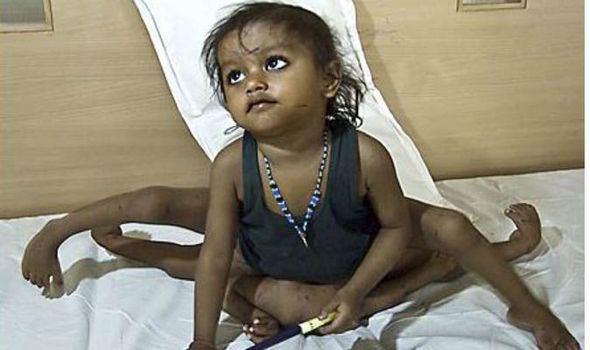 | ||
Known for The viable of a pair of ischiopagus conjoined twins who underwent a successful separation surgery in Bangalore, India. Parents Shambhu Tatma, Poonam Tatma Similar Frank Lentini, Myrtle Corbin, Rudy Santos | ||
Girl with Eight Limbs Grows Up
Lakshmi Tatma (Hindi: लक्ष्मी तात्मा) is an Indian girl born in 2005 in a village in Araria district, Bihar, having "four arms and four legs." She was actually one of a pair of ischiopagus conjoined twins one of which was headless because its head had atrophied and chest had not fully developed in the womb, causing the appearance of one child with four arms and four legs.
Contents
- Girl with Eight Limbs Grows Up
- The Girl With Eight Limbs National Geographic
- Background
- Surgery
- References
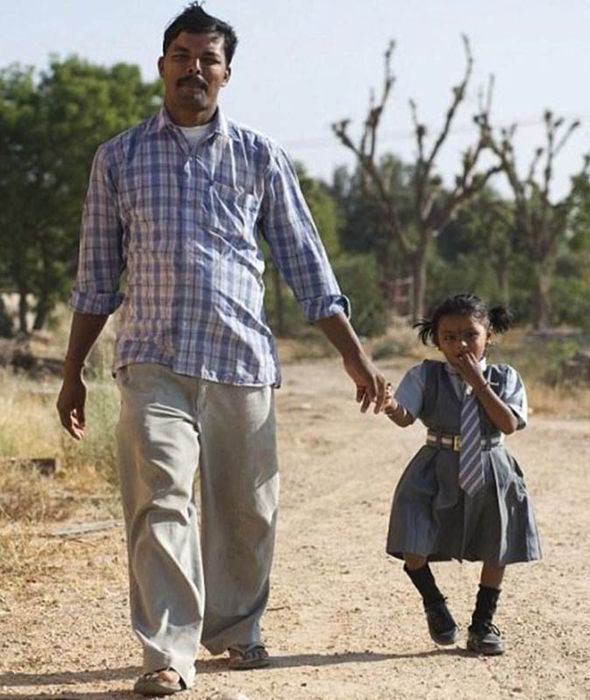
The Girl With Eight Limbs | National Geographic
Background
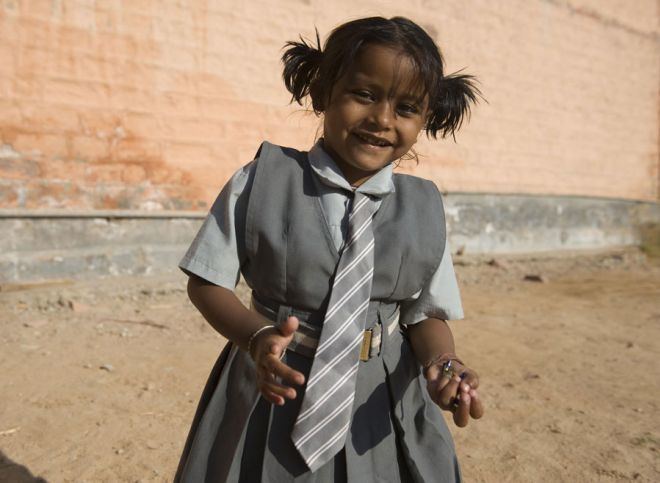
Her father, Shambhu, and mother, Poonam, were day laborers who earned less than 40 rupees per day, and were unable to afford a separation surgery for their daughter. The daughter was named after Lakshmi, the Hindu goddess of wealth (who is depicted as four-armed). She was sometimes an object of worship as an incarnation of the goddess; by the age of 2, she was known all over India. At one point, a circus offered the couple a sum of money to buy Lakshmi as a sideshow, which forced the family into hiding. At the time of being found by Dr. Sharan Patil, she was suffering from an infected pressure ulcer at the neck end of the parasitic twin and continuous fevers.
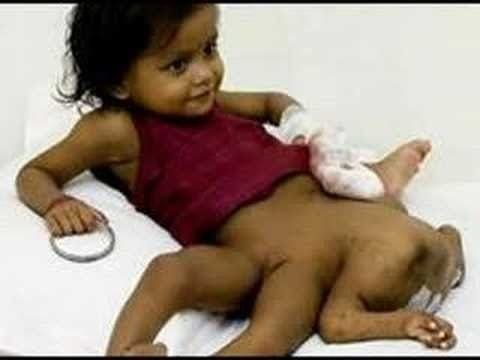
Lakshmi is the second child of the family. She has an older brother named Mitelesh, and a younger sister named Saraswati.
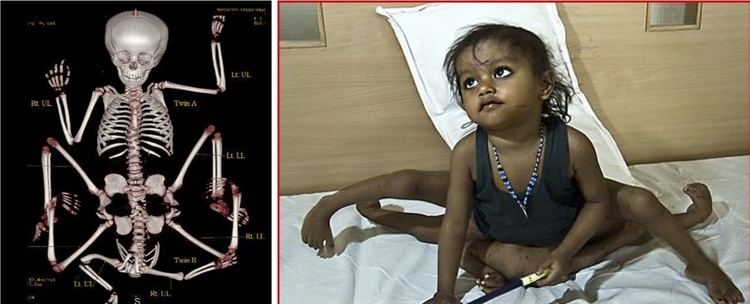
Poonam said in a television program that a few weeks before giving birth to Lakshmi, she had had a dream that told her to build a temple to the goddess Lakshmi. Subsequently, Lakshmi was born during the "Festival of Lakshmi".
Surgery
She was the subject of a surgery carried out by Dr. Sharan Patil and 30 other physicians which included Chief Anesthetist Dr. Yohannan John at Sparsh Hospital in Bangalore, Karnataka.
The twins' two pelvises formed a single combined ring. Each twin had one working kidney. Lakshmi had a second kidney which was necrotic. The autosite's (Lakshmi herself) feet were affected by clubfoot.
Her abdominal aorta gave off iliac branches to the autosite's legs and continued as a main trunk artery which gave off iliac branches to the parasite's legs and continued, and finally forked into the parasite's subclavian arteries.
The parasitic twin's spine and abdomen merged with Lakshmi's body. The twins' backbones were joined end-to-end and nerves were entangled. Lakshmi could not crawl normally or walk, but she could drag herself around somewhat. Doctors surmised early on that without the operation, she would not be able to live into her teens. The surgery began on Tuesday, 6 November 2007, at 7 am IST (01:30 UTC), and was planned to last 40 hours at the most. An estimated cost of over USD$625,000 was paid entirely by the hospital's charitable wing, the Sparsh Foundation. A team of more than 30 surgeons worked in shifts. The surgery lasted for 27 hours. The doctors gave Lakshmi a 75–80% chance of survival during the surgery.
The steps of the operation were:
- (8 hours): Abdominal operation: remove the parasite's abdominal organs.
- Remove the autosite's necrotic kidney and replace it with the parasite's kidney. Tie off the blood vessels that supplied the parasite.
- Move the reproductive system and the urinary bladder into the autosite.
- (6 to 8 hours) Amputate the parasite's legs at the hip joints: this caused heavy bleeding. Cut the joined backbone: the nerves around the joint were found to be extremely chaotic, and care had to be taken to avoid causing paralysis.
- Separation, at 12.30 am on 7 November 2007. The combined pelvic ring was divided through or near the parasite's hip joints and not at the pubic symphyses. The remaining incomplete pelvic ring was cut and bent to make the ends meet, and not left as an open part-circle.
- External fixation to hold the parts of the pelvis in place. This caused the pelvis to close in three weeks to the normal position.
- (4 hours): Suturing. Operation completed at 10 am on 7 November 2007.
Within a week after the surgery, the doctors held a press conference showing Lakshmi being carried by her father. Her feet were still bandaged. She was in the hospital for a month after the operation.
Afterwards, she and her family moved to Sucheta Kriplani Shiksha Niketan in Jodhpur in Rajasthan, where Lakshmi and her brother joined a school for disabled children and her father got a job at the school's farm.
As of February 2008, a later operation was planned to bring her legs closer together. Another operation may be needed to rebuild pelvic floor muscles.
A television program in 2010 showed her recovering well. It was found that cutting the conjoined vertebral column in the separation operation did not cause paralysis. She was operated on for clubfoot. X-rays showed that extra bone between the pubic symphysis (parts of the parasitic twin's ischium and pubis bones) had been absorbed, or were not ossified. Slight scoliosis was found, but would have to be corrected by a minor operation; her mother was unwilling for her to have to wear a spinal brace throughout childhood.
